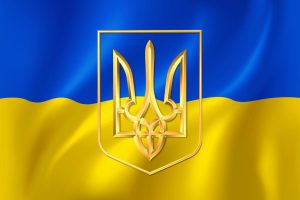
The Russian invasion of the Ukraine and the following war prompted us to give an overview of the flying branches of the Zbroynykh Syl Ukrayiny or Ukrainian Armed Forces. Focus is on operational units (fighters, transport etc.), training units are outside the scope of this overview.
The third and last part of this overview is published at the moment of the sad milestone of 1.000 days of war. Amazingly the Ukraine is still standing strong though.
This third part covers the Border Guard, the National Guard and the Emergency Service. The first part, about the Air Force, can be found here, and the second part, about the Navy and Army, can be found here.
State Border Guard Service of the Ukraine (Derzhavna Prykordonna Sluzhba Ukrayiny)
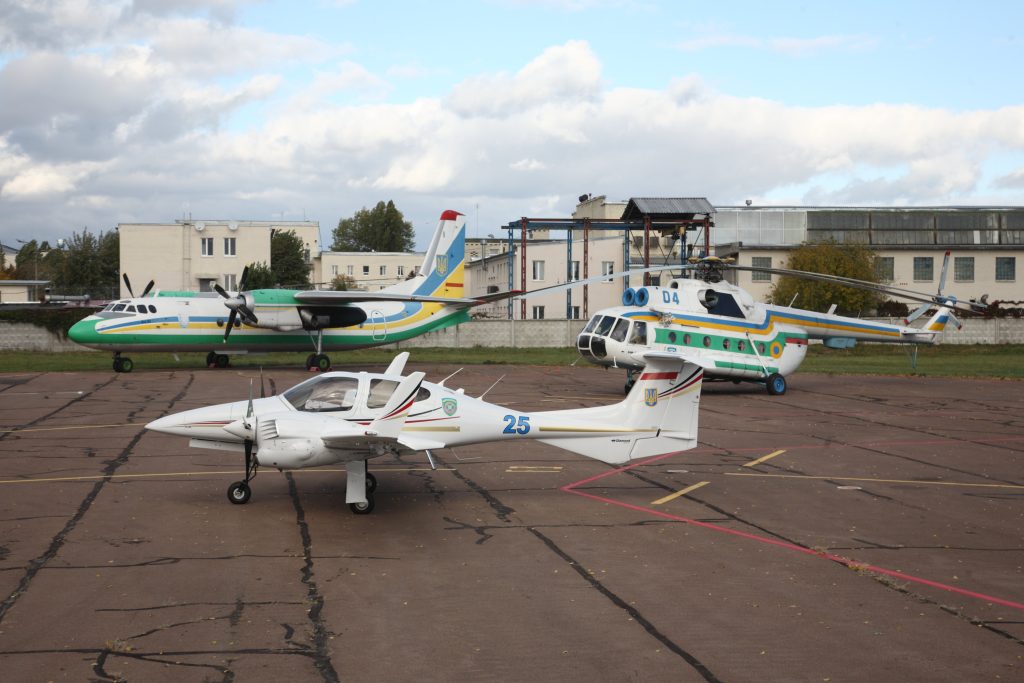
Next to the three regular armed services the Ukraine has a separate Border Guard. Although normally a separate unit, during wartime they fall under the command of the Armed Forces. Their main task obviously is border control, including reconnaissance and transport.
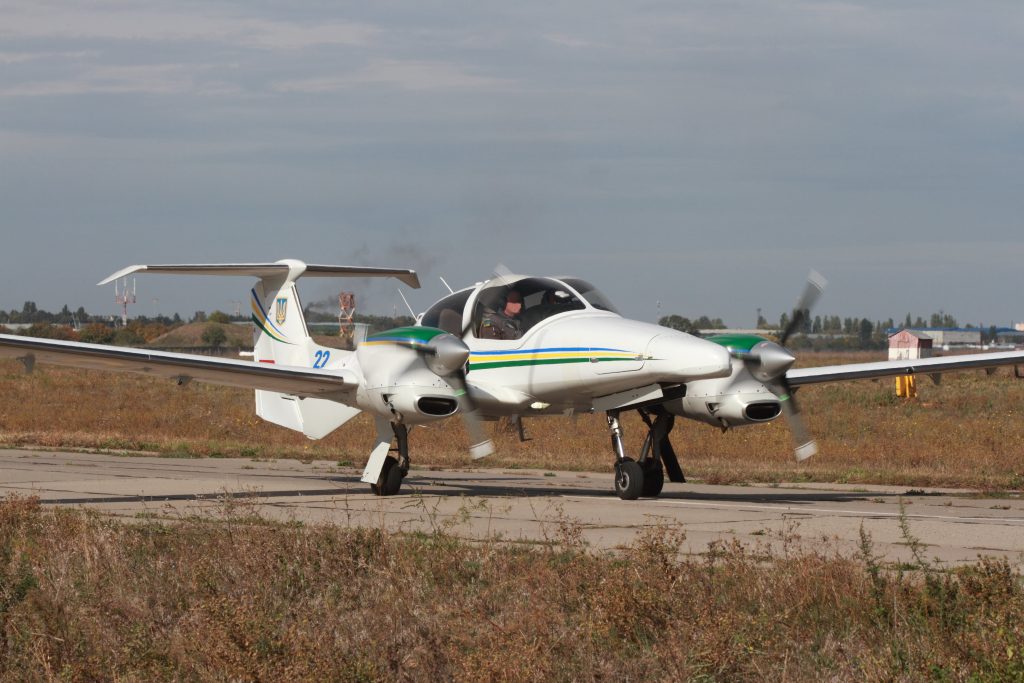
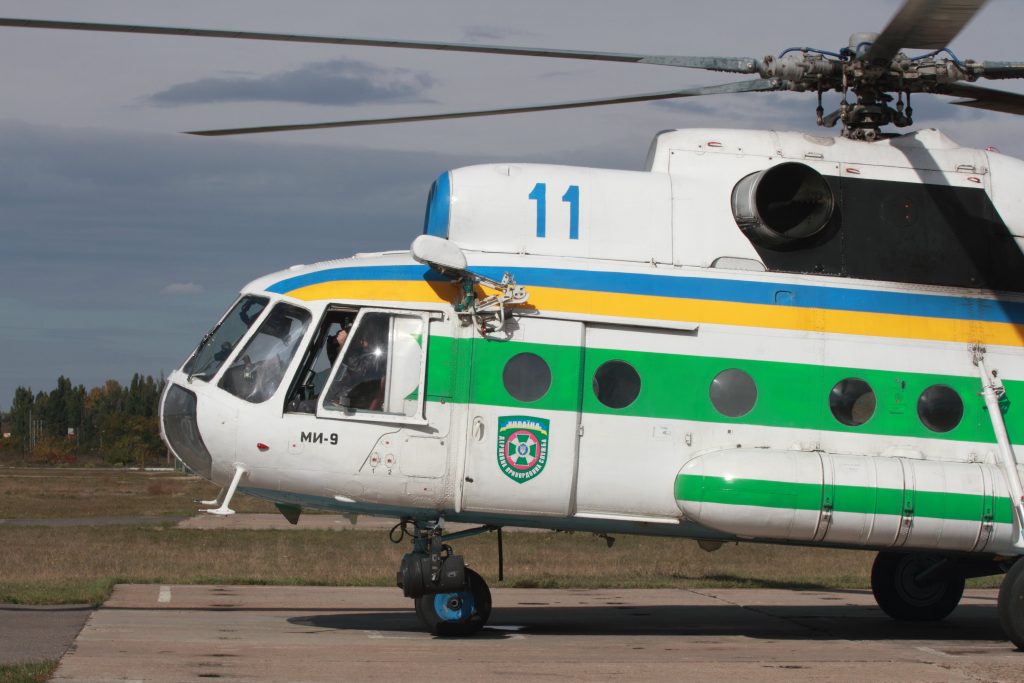
Next to the in these regions common Antonov An-24 ‘Coke’, An-26 ‘Curl’ and An-72/An-74 ‘Coaler’ aircraft and Mil Mi-8 ‘Hip’ helicopters the Border Guards acquired some Western built Diamond Da.40 and Da.42 Guardian aircraft. These aircraft had been used by a Ukrainian flying school before, but were sold to the Border Guards by around 2010. Also the first Airbus H-125 helicopters of an order of 24 started arriving in 2020. When the war broke out, about a dozen had been delivered.
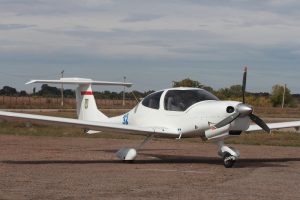
The Border Guard used to have an airbase in the Crimea, Simferopol, but that was obviously deserted after the Russian annexation in 2014. They currently operate from Kyiv-Zhuliany, Kharkiv, Odessa and Uzhhorod. At least, they did before the war broke out, currently the status is different obviously.
National Guard of Ukraine (Nacionalna Hvardiya Ukrayiny)

Dissolved in 2000, the national guard was reformed again directly after the Russian invasion of the Crimea in 2014. Its main tasks are maintaining public order and guarding sensitive locations like nuclear power plants. Next to this they are also tasked with counterinsurgency against so-called Fifth Columns and infiltrators. As such they are actively involved in the current war.
Although mainly consisting of ground units, some aircraft are used as well. A single brand new Antonov An-70 and two An-72 ‘Coaler’ are the large transport aircraft, while also a few An-26 ‘Curl’ are used. Like all military services the Mil Mi-8 ‘Hip’ is used for tactical transport and a few upgraded Mi-2MSB ‘Hoplite’ have been delivered recently. Furthermore at least 5 out of an order of 12 Airbus H-225 helicopters have been delivered as well. The national guard mainly operates from Kyiv-Zhuliany but has helicopter detachments all over the country if and when needed.
State Emergency Service (Derzhavna Sluzhba z Nadzvychaynykh Sytuatsiy)
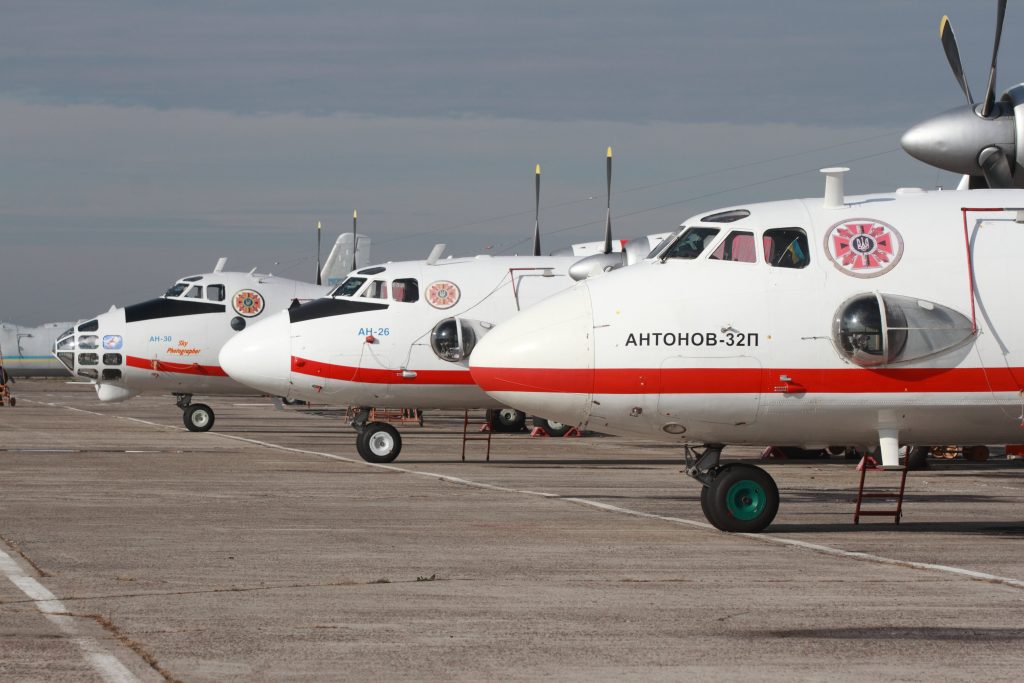
Although not an active military unit, this government branch is included in this overview as their aircraft and helicopters have been very busy since the outbreak of the war flying people out of the country and probably bringing supplies back. The main task of the Emergency Service is civil defence (including disaster prevention, rescue missions, firefighting and such), which is shown in their motto “To prevent. To rescue. To help.”
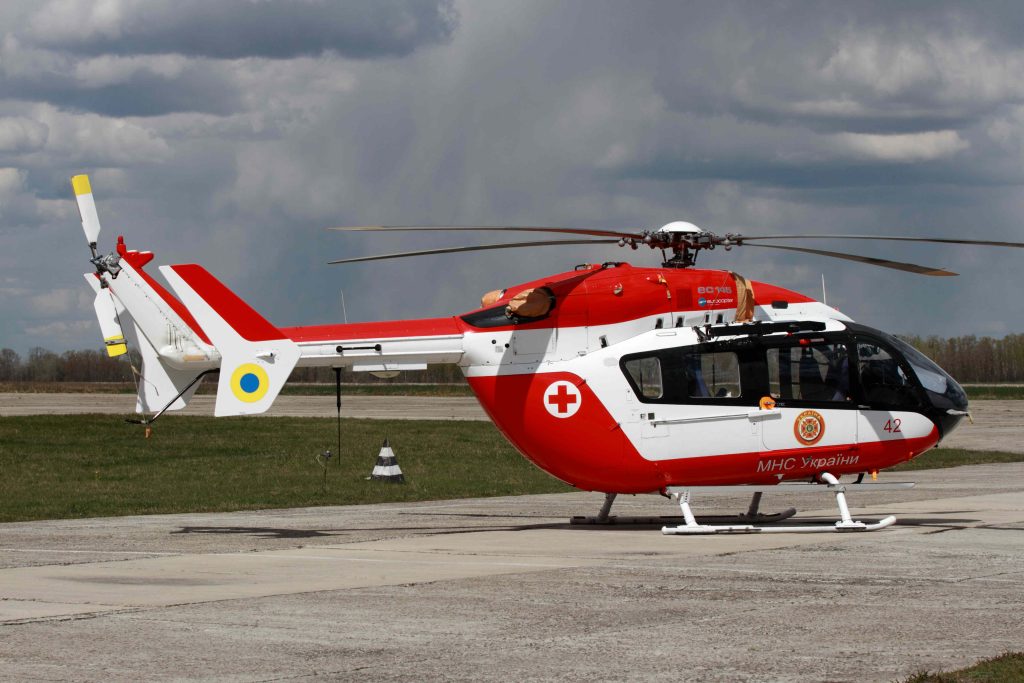
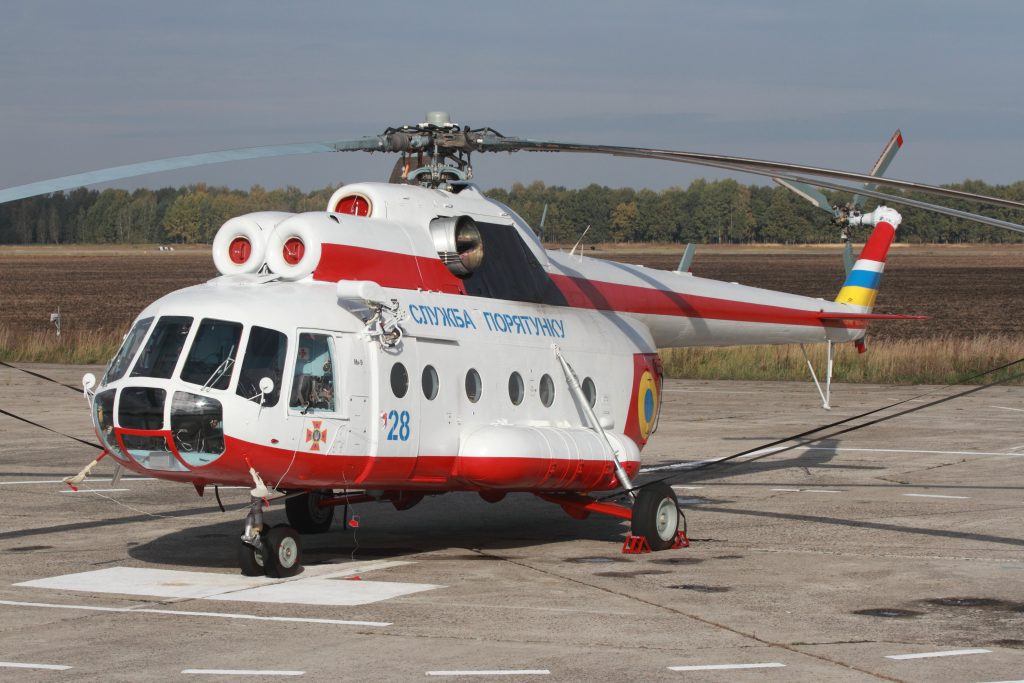
Main operating base is Nhyzin near Kiev, with small detachments at Kyiv-Zhuliany, Kharkiv and Uzhhorod. Their equipment consists of four Antonov An-32 ‘Clank’ firefighter aircraft, the usual An-26 ‘Curl’ and Mi-8T ‘Hip’ plus more modern Western built Eurocopter EC.145 (two) and Airbus H-225 (nine) helicopters.
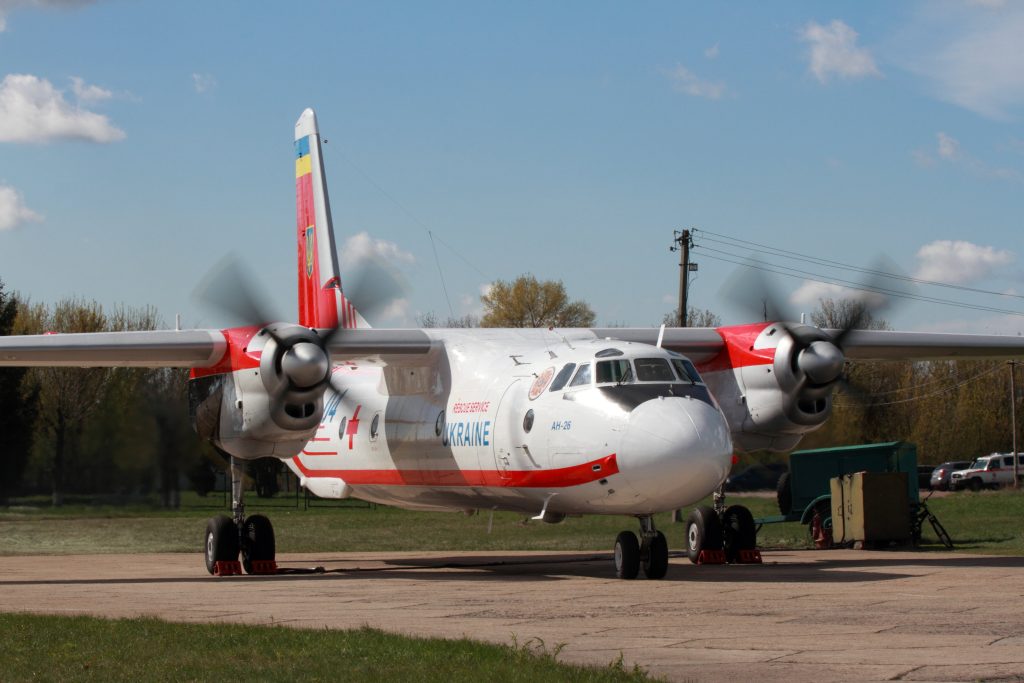
Finally: current conflict and future
During the war many transport aircraft and helicopters have been flying to neighbouring countries and back, transporting people out of the country and supplies back to the Ukraine. The fighter aircraft are doing their job as well in the air, defending their airspace against hostile aircraft and supporting their ground troops. In the run up to the actual outbreak of the war, Turkey delivered multiple armed Bayraktar TB2 drones. Actually two Turkish A.400 transport aircraft became stuck at Kyiv-Borispol aircraft on the day of the Russian invasion and only were able to return home months later. By now many countries have supplied aircraft, both Russian and Western built.
Almost every airbase of the Ukrainian forces has been under heavy attack by the Russians with the amount of damage to infrastructure and aircraft currently unclear. Furthermore also many aircraft and helicopters have been lost while fighting the Russian invaders and it is still much too early to make up the balance. However apart from the loss of equipment, the loss of lives is obviously a lot worse. One of these is well known former Su-27 Flanker display pilot Col. Oksanchenko, who displayed at airshows all over Europe. He retired in 2018, but voluntarily returned to active duty after the Russian invasion to defend his country. He was killed in action during the second week of the war. His attitude is an example of the fighting spirit of the Ukrainian people. Hopefully his sacrifice and that of so many others won’t be in vain.
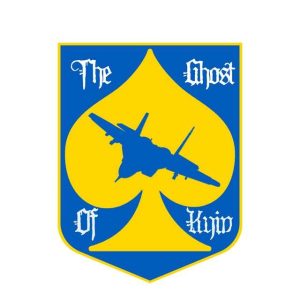
In wartime heroes stand up and legends are born. True or not, stories on these inspire people and help them to stay strong in times of need. The Ghost of Kyiv is a Ukrainian fighter pilot flying a MiG-29 ‘Fulcrum’. He is said to have downed no less than 6 Russian aircraft on the first day of the invasion. These should include three Su-27/Su-35 ‘Flankers’, two Su-25 ‘Frogfoots’ and a single MiG-29. If true, this has made him an ‘ace’ in one day, as a pilot who has at least 5 aerial victories over enemy aircraft is called. This hasn’t happened in Europe since World War II. Either way, real or not, for the Ukrainian people he surely is the reminder there is still hope in this world of war while they fight for their country!
These overviews were published earlier in amongst others Vayu Aerospace and Defence Review and in Aviation News Journal part 1 and part 2.
